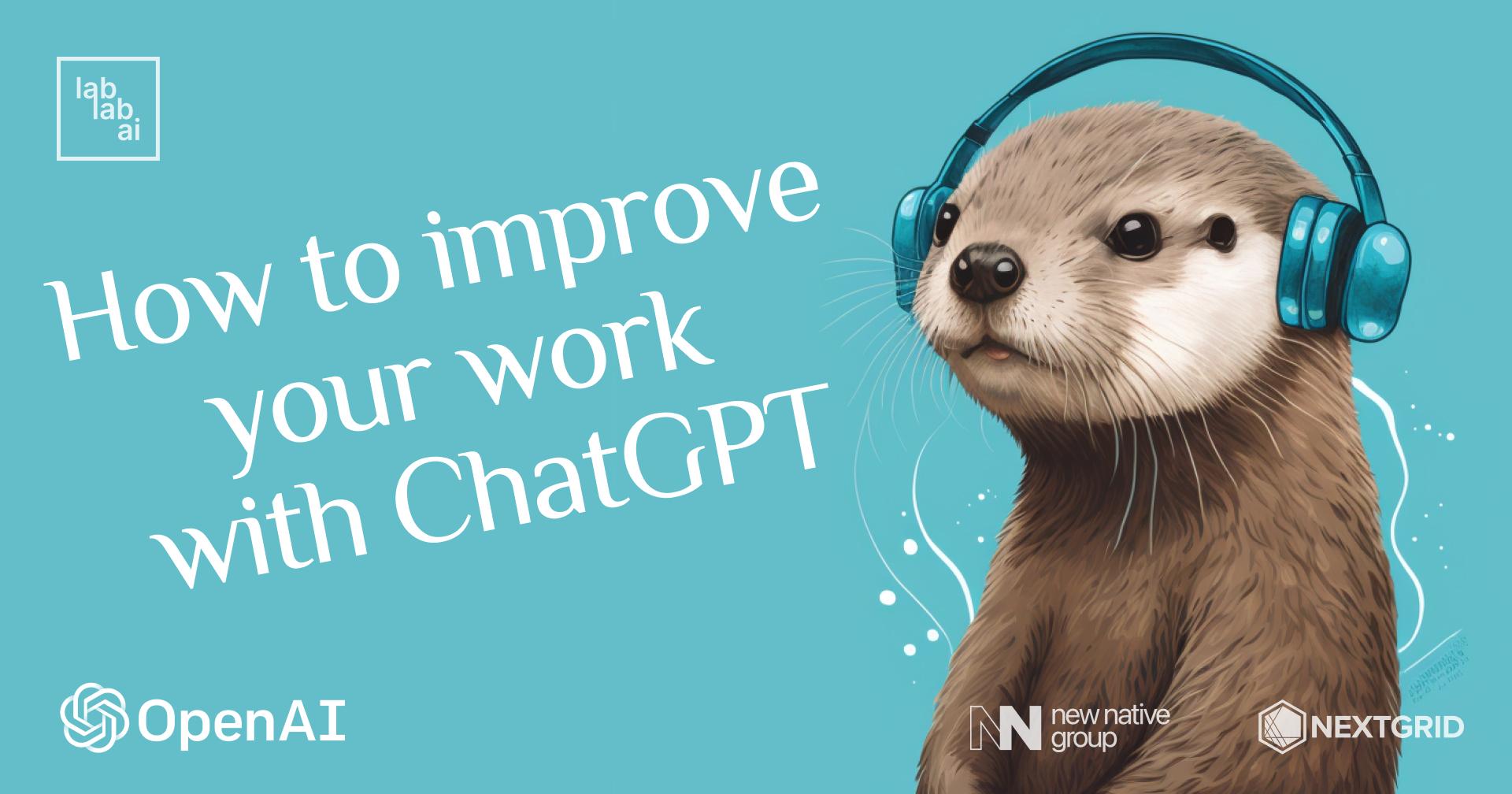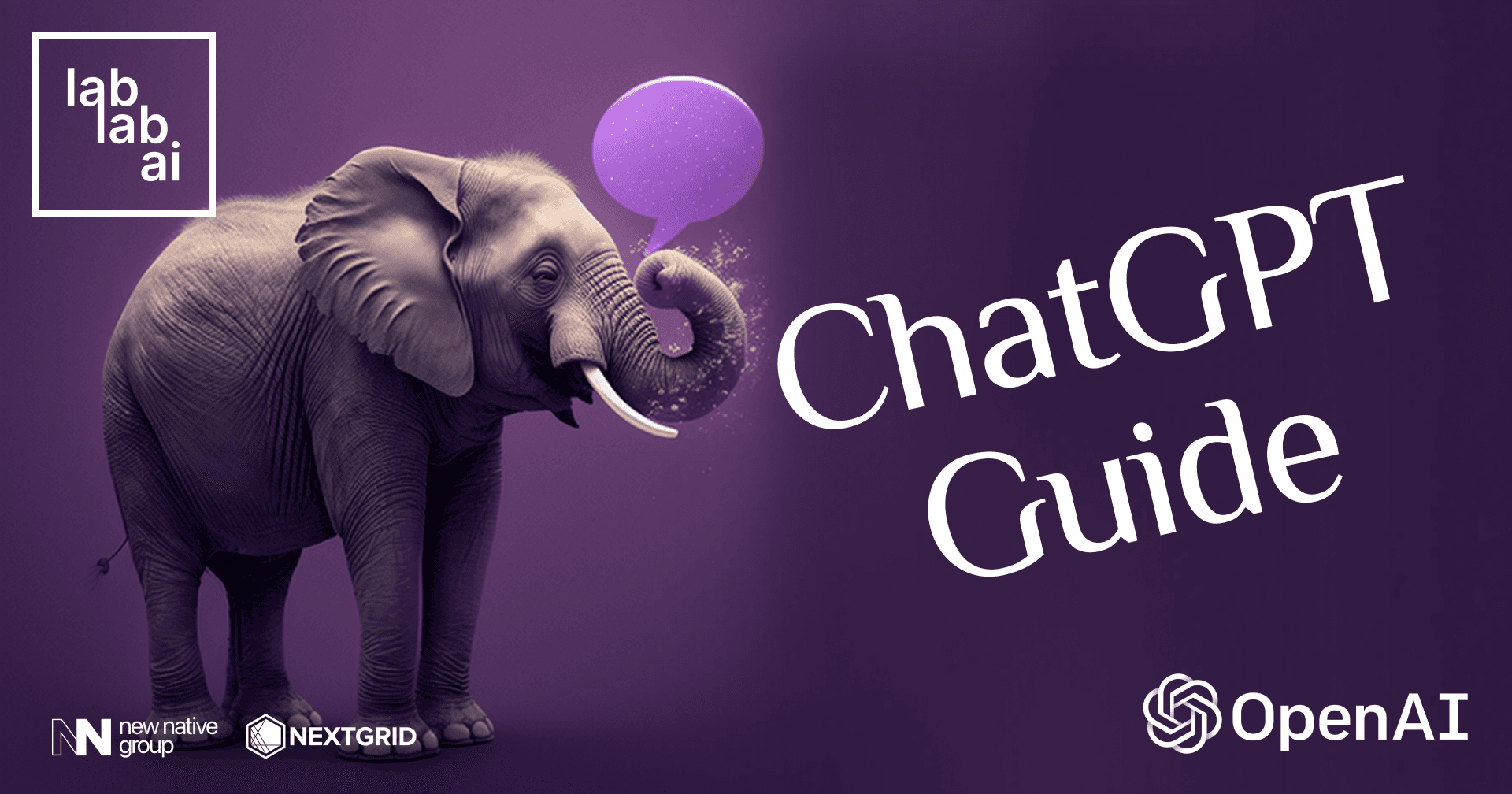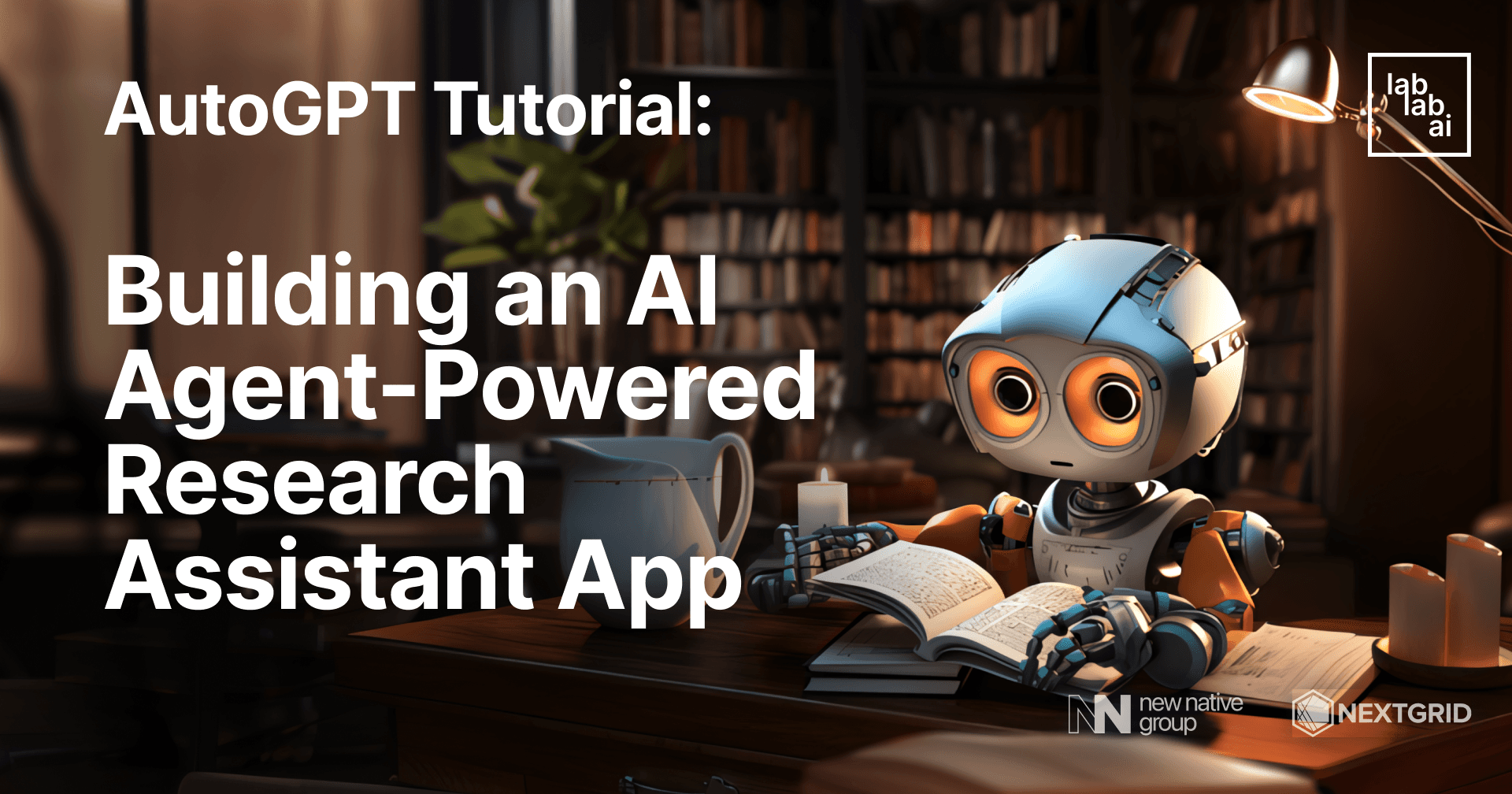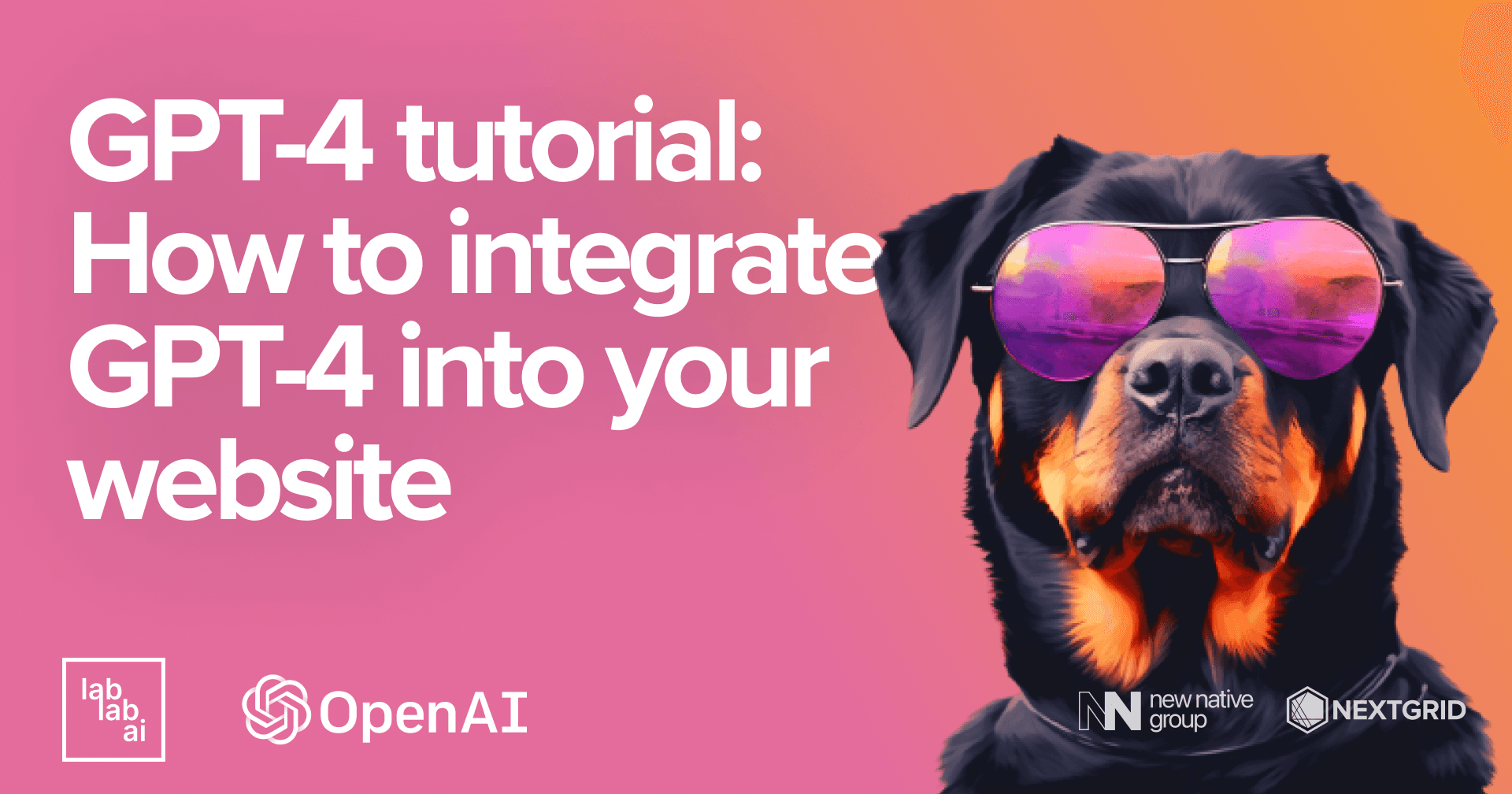Best 5 AI detection tools
What is AI detection?
AI detection pertains to the process of identifying content created by AI writing instruments such as ChatGPT, GPT4, and many more. With seemingly authentic human-like text, these tools necessitate a method for discerning AI-generated content. AI detection tools employ extensive data compilations to ascertain if a text is genuinely created by a human or artfully crafted by AI. Although pinpointing every AI-originated text may prove challenging, efficient classifiers aid in debunking false assertions of AI-generated content attributed to human writers.
How does AI detection work?
Text AI detectors utilize a blend of natural language processing methods and machine learning algorithms, honing in on patterns and traits frequently found in AI-crafted content. These tools gauge the probability of each word, culminating in a cumulative score that flags text as possibly originating from AI language models if it surpasses a specific threshold.
Built upon language models akin to their AI writing counterparts, AI detectors assess inputs based on how similar it is to their own writing. Answering "yes" to the question, "Is this something I would have written?" indicates probable AI-backed text. To determine this, models examine perplexity and burstiness in the text. Lower values for these variables increase the likelihood of AI-generated content.
What is perplexity?
Perplexity serves as a measure of randomness to evaluate a language model's performance. In essence, it determines how predictable—or familiar—a piece of text is to the model. High perplexity translates to chaotic or unfamiliar text, increasing the likelihood of being human-generated1. Conversely, familiar text that closely resembles content previously encountered by the AI language model exhibits low perplexity, signifying a higher chance of being AI-generated.
What is burstiness?
Working in conjunction with perplexity, burstiness is another metric that AI detectors analyze to evaluate text properties. It examines the disparity between sentences, providing a numerical value for both perplexity and burstiness. The lower this assigned number, the greater the likelihood that the content was generated by an AI bot.
How accurate are those tools?
With no guarantees of 100% accuracy, AI detectors' effectiveness depends on the methodology and data utilized. Their accuracy typically ranges between 60% to 80%. While helpful as indicators, they're not foolproof in proving AI-generated content. Though some tools claim over 90% accuracy in identifying AI-authored material, their precision may waver, and they may be circumvented in certain scenarios.
How can these tools be bypassed?
Several techniques exist to elude AI content detectors. One method involves using utilities, which transform AI-generated content to appear human-authored. Another tactic includes leveraging text converter tools, consequently using AI to outsmart detection systems. Additional approaches encompass mimicking human writing styles, adopting creative storytelling methods, incorporating niche knowledge, utilizing brand voice, treating AI content as preliminary drafts, and ultimately relying on a trusted human writer.
What are the benefits of using an AI detection tool?
Utilizing AI detection tools provides numerous benefits across various industries. These tools aid companies in thwarting employee theft and insider trading. Banking institutions and large corporations harness AI technology to detect and prevent fraud and money laundering. Social media companies employ machine learning to impede inappropriate content, such as NSFW material. Featuring real-time response, AI-driven threat detection tools empower organizations to promptly discern and tackle potential security threats, among other valuable applications.
Why is AI detection needed?
AI detection tools serve a vital role in multiple aspects. Utilizing machine learning algorithms, they discern patterns and examine textual elements such as length, structure, grammar, and syntax, effectively ascertaining AI-generated content. This allows businesses to identify plagiarism or copyright infringement cases, crucial in maintaining their reputation and legal standing. In educational settings, AI detection ensures student safety and effective learning by detecting potential threats. Overall, AI detection proves to be an indispensable instrument in various domains.
Winston AI
Winston AI, a cutting-edge solution for detecting AI-generated content, caters to the educational and publishing sectors. This innovative tool enables content creators, educators, and web publishers to authenticate human-created content while weeding out AI-generated material. It grants educators the ability to assess student work, discerning whether AI assistance was employed. Winston AI's groundbreaking capabilities hold the promise of redefining AI content detection.
Originality.AI
Originality.AI is a cutting-edge AI content detector designed to identify signs of AI-generated text within your copy. Focusing on detecting material created with AI writers' assistance, it confidently recognizes text formulated by GPT-3, GPT-3.5, and ChatGPT, providing a likelihood percentage for human or AI authorship. With the additional benefit of a Chrome extension, Originality.AI enables quick assessments of emails, Google docs, websites, and more.
Sapling
Sapling's AI Content Detector Tool, a complimentary resource, discerns between AI-generated and human-authored text. It calculates the probability of content being AI-generated by models such as GPT-3.5 or ChatGPT1. Utilizing a machine learning system—a Transformer—resembling AI content generators, Sapling's tool produces probability values for each word or token, determining whether they are AI-generated or human-composed.
Copyleaks
Copyleaks AI Content Detector, an enterprise-level solution, determines text authorship by distinguishing between AI-generated and human-written content. Delivering an accurate probability score for AI-originated material, it identifies specific elements composed by humans or AI systems1. The tool effectively detects content generated through ChatGPT, GPT-4, Jasper, and more1. Supporting an array of languages, Copyleaks AI accommodates English, Spanish, French, Portuguese, German, Italian, Russian, Polish, Romanian, Dutch, Swedish, Czech, and Norwegian.
ZeroGPT
Introducing ZeroGPT: developed by Edward Tian, this tool discerns between AI-generated and human-authored text. By analyzing textual complexity and various variables, it determines the language source—human or AI. ZeroGPT Detector leverages AI to detect patterns and predict word choices, enhancing AI identification accuracy. Boasting user-friendliness, free personal usage, multilingual support, organizational integration, and privacy prioritization, ZeroGPT is a formidable choice.
Summary
As you can see, with many AI tools out there, there’s a need of also a tool to identify those tools. So why not make one? Maybe during lablab.ai AI Hackathons?
And maybe get prepared for the event with our AI tutorials and get inspired by other AI apps created by our community!




